The puzzles of Blue Prince feel less like the gridlike blueprints you draft in the game and more like an intricate web. Even seasoned puzzle lovers might feel tested by its mysteries. In Blue Prince, you explore and construct a sprawling mansion estate room by room from a series of randomized blueprints. Each day (or run), the house will reset, and you must start constructing a new path forward.
Both the roguelike elements and the detailed world pose a unique challenge. It’s the kind of game where every drawing, object, and letter could contain some sort of clue to unravel the mysteries of its world. It can be intimidating or befuddling, even for seasoned puzzle game lovers — which is why we decided to go and get puzzle-solving advice straight from the people who make puzzle games.
In light of the release of Blue Prince, Polygon interviewed seven developers behind the puzzle games Tunic, Immortality, Arranger: A Role-Puzzling Adventure, Wilmot Works It Out, Lorelei and the Laser Eyes, and the upcoming title Is This Seat Taken?. We spoke to these puzzle developers to learn more about how they approach puzzle-solving.
1. Take breaks
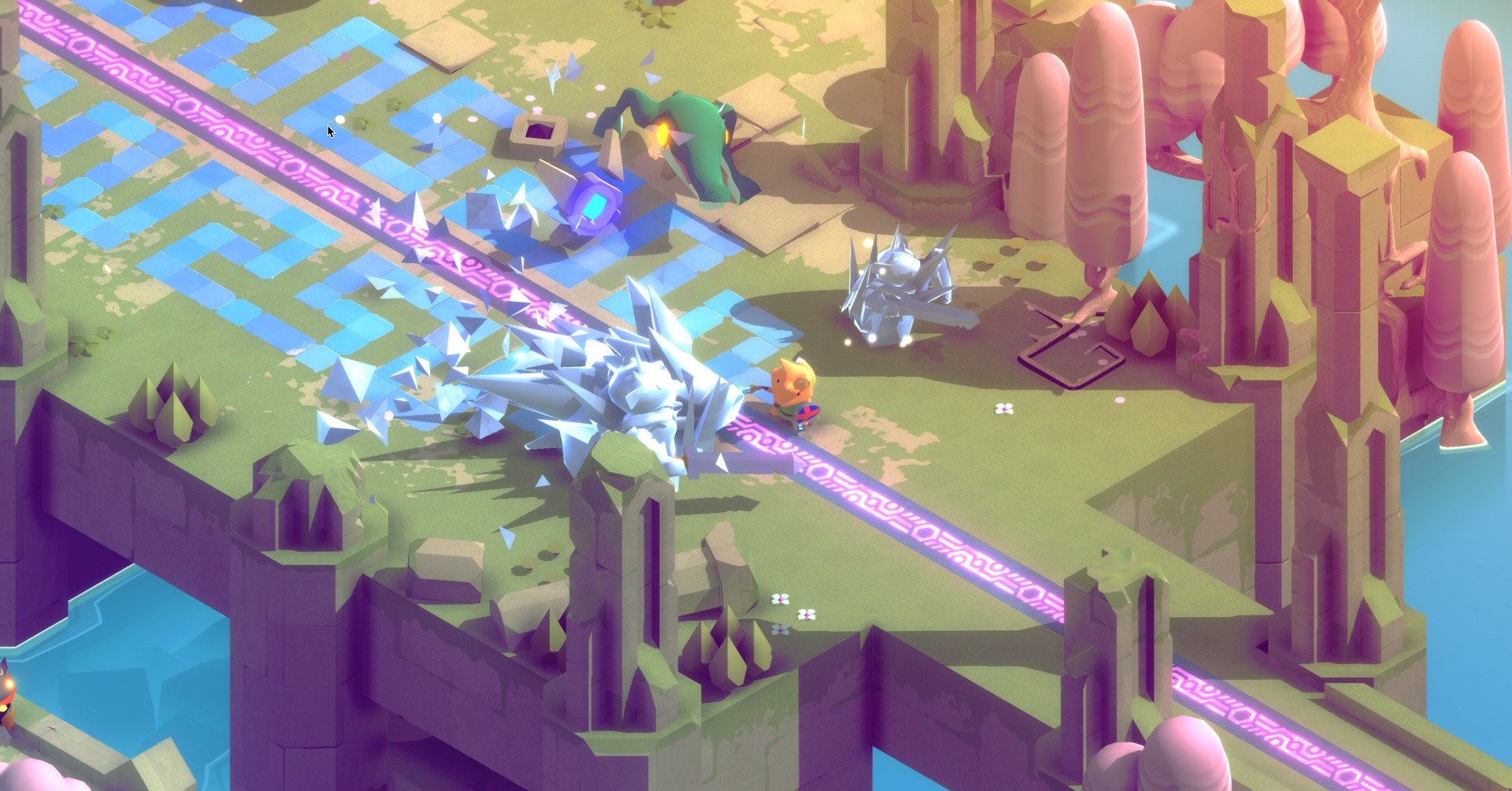
“Taking breaks is always helpful, as is reviewing your notes,” says Andrew Shouldice, developer of the puzzle-packed, Zelda-esque Tunic.
“I think my biggest advice is to sit on it for a bit,” says Nicolás Recabarren, a designer and programmer on Arranger: A Role-Puzzling Adventure. “Puzzles have that thing that if you rush them you get more and more stuck, like quicksand. Once you are in the correct mindset (aka: not in a hurry) you should start by analyzing the elements that are available. In a way, it is a conversation with the designer: they put a certain object there, what can I do with that object and why does that make sense in this particular scenario?”
2. Find a community
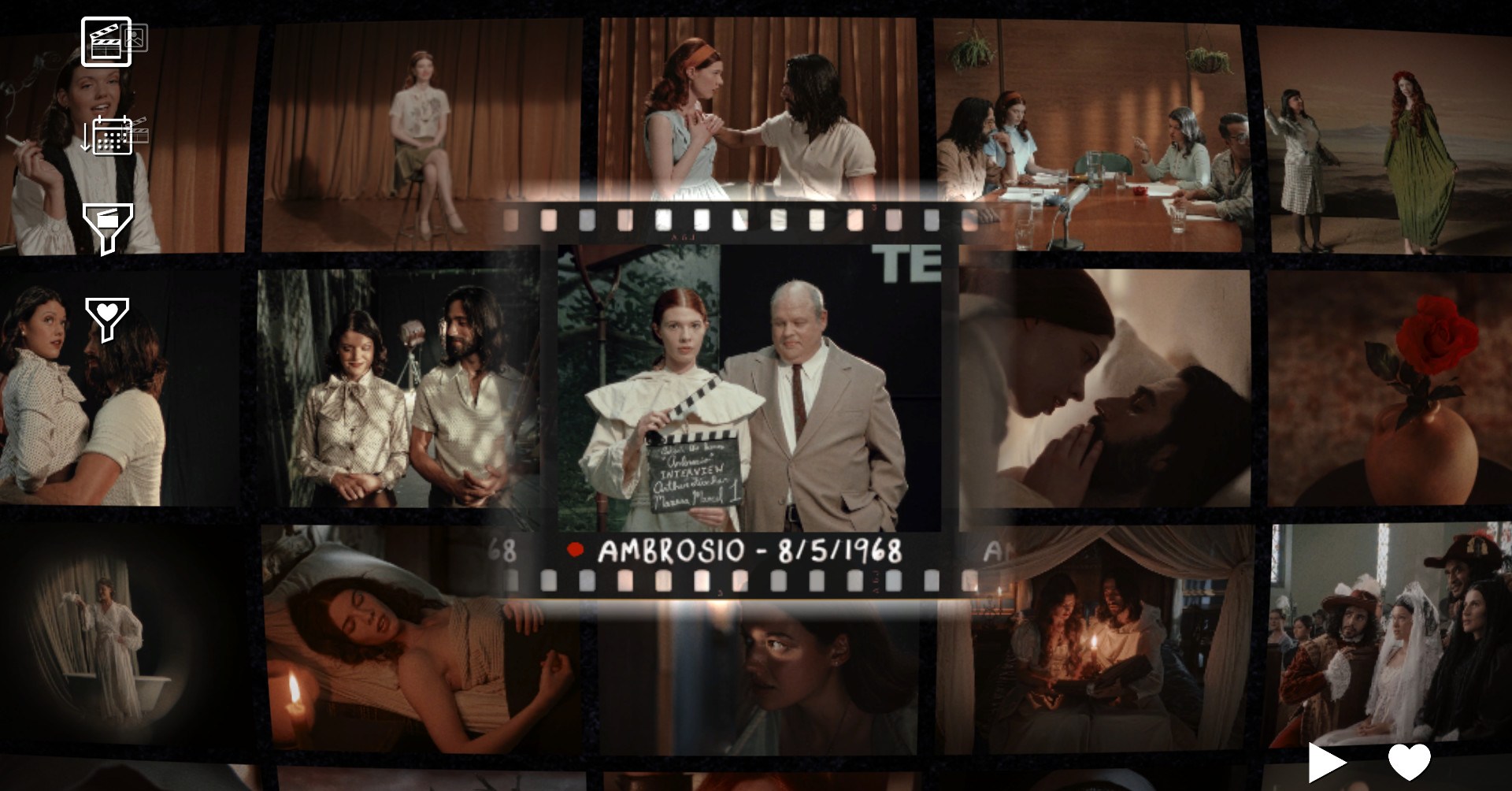
Richard Hogg, artist and game designer behind Wilmot Works It Out and Wilmot’s Warehouse, suggests players go out and find a community.
“Find the Discord for that game or get your friends to play it at the same time,” Hogg says. “Find a place where people know how to use spoiler tags properly, where they can give you just the right amount of a hint to get you through the bit you were stuck on without spoiling the whole thing for you.”
Shouldice, from Tunic, echoes Hogg’s sentiment.
“When I’m well and truly stumped, and am not having a good time, I enjoy a good hint,” Shouldice says. “Looking stuff up almost never gives good hints, but asking trusted friends can yield the perfect nudge. I like asking for hints in the form of obtuse poems, so the hint itself is also a little bit puzzley!”
3. Think out loud

Simon Flesser, director of Lorelei and the Laser Eyes, encourages players to “verbalise” their ideas, “either to yourself or discuss the game with someone.”
“I think solving a puzzle is close to most idea or problem-solving processes. Usually it doesn’t work to just ‘think harder,’” Flesser says.
4. Work backward
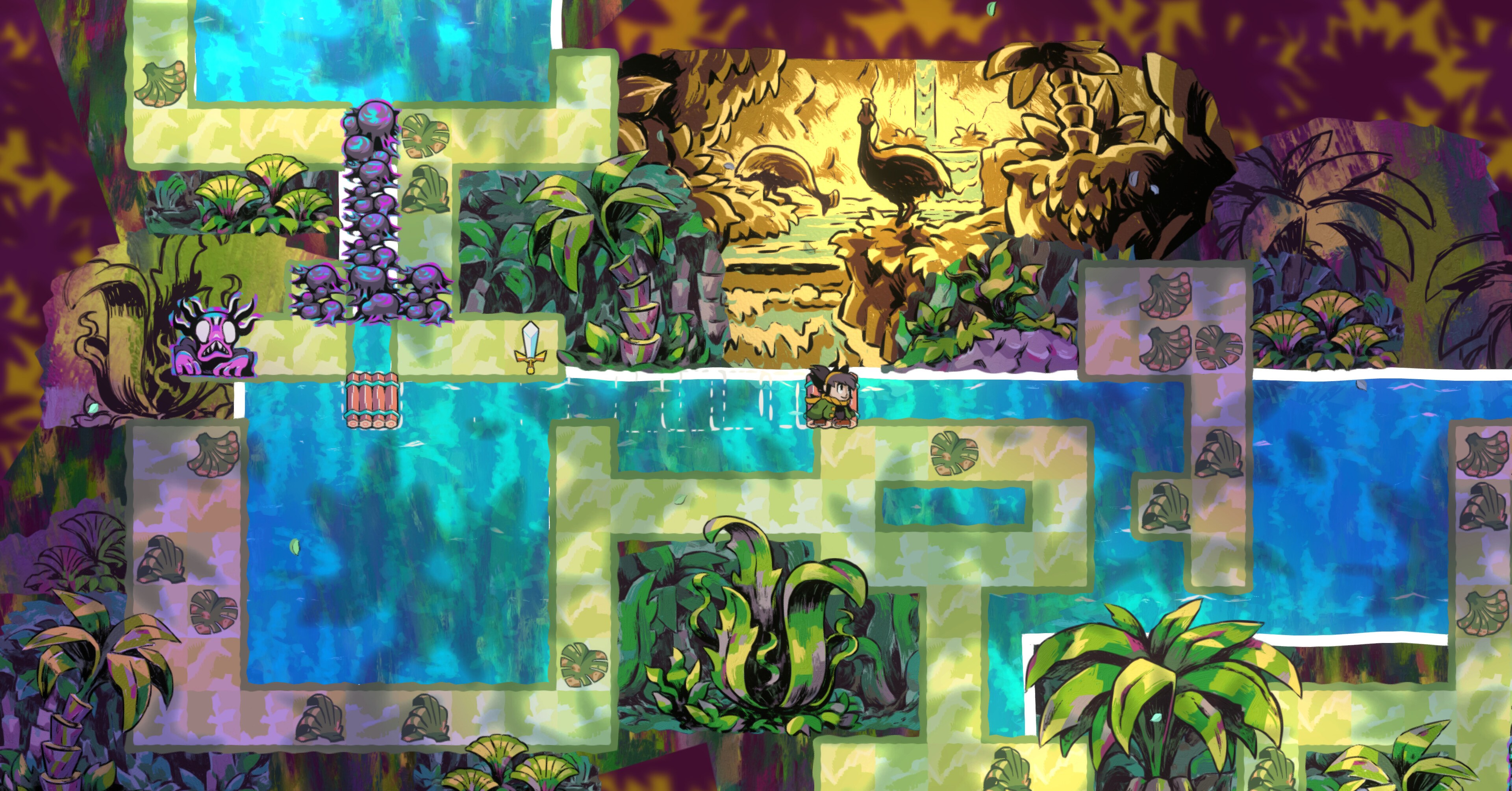
“Depending on the puzzle, working backwards is sometimes a really useful tool. Listing your assumptions, no matter how basic, can also reveal new ways of thinking,” Shouldice says.
Sergi Pérez Crespo, a co-director on the upcoming game Is this Seat Taken?, further elaborates on how to reverse-engineer a problem or puzzle.
“I tend to play it backwards. My first thought is What is my goal? and then I try to solve the puzzle step by step from the ending,” Crespo says. “This way I can understand better what the puzzle is asking me to do and how I can approach my first steps better. In addition, I try to separate the puzzle by different sections and play them backwards again, repeating the same process.”
5. Understand the larger themes of the game
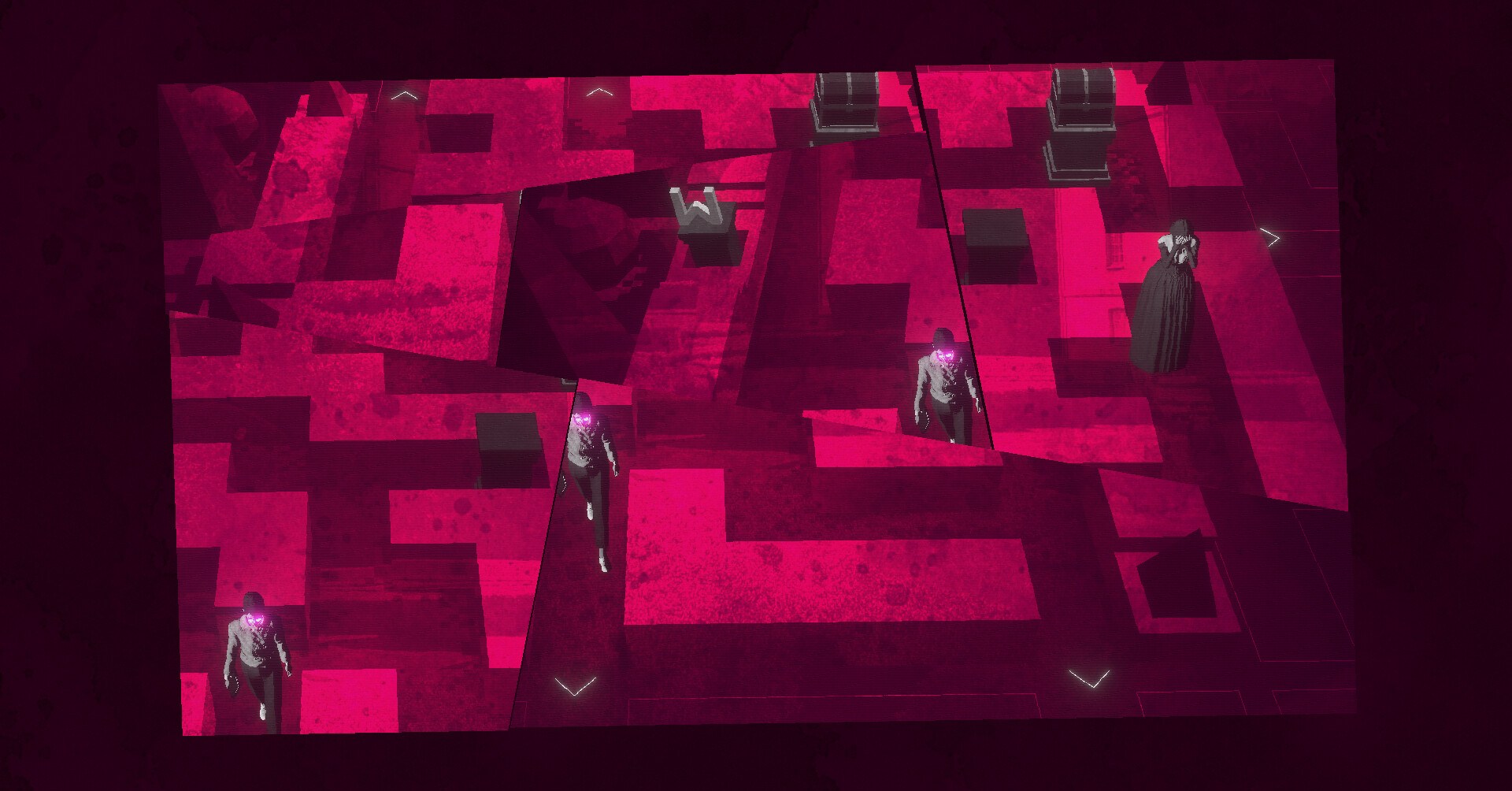
Solving puzzles isn’t just about understanding your items and the problem in front of you. It can also be helpful to think about the larger themes and concepts that drive a game.
“In general, puzzle designers tend to wrap around a puzzle with a theme or a lesson to learn,” Crespo says. “Understanding what the creator is trying to teach or show you, can help with the process of solving it. Another advice is to separate the puzzle into different sections. This will create mini-puzzles that are more manageable and they don’t overwhelm us so much.”
6. Assess possible actions
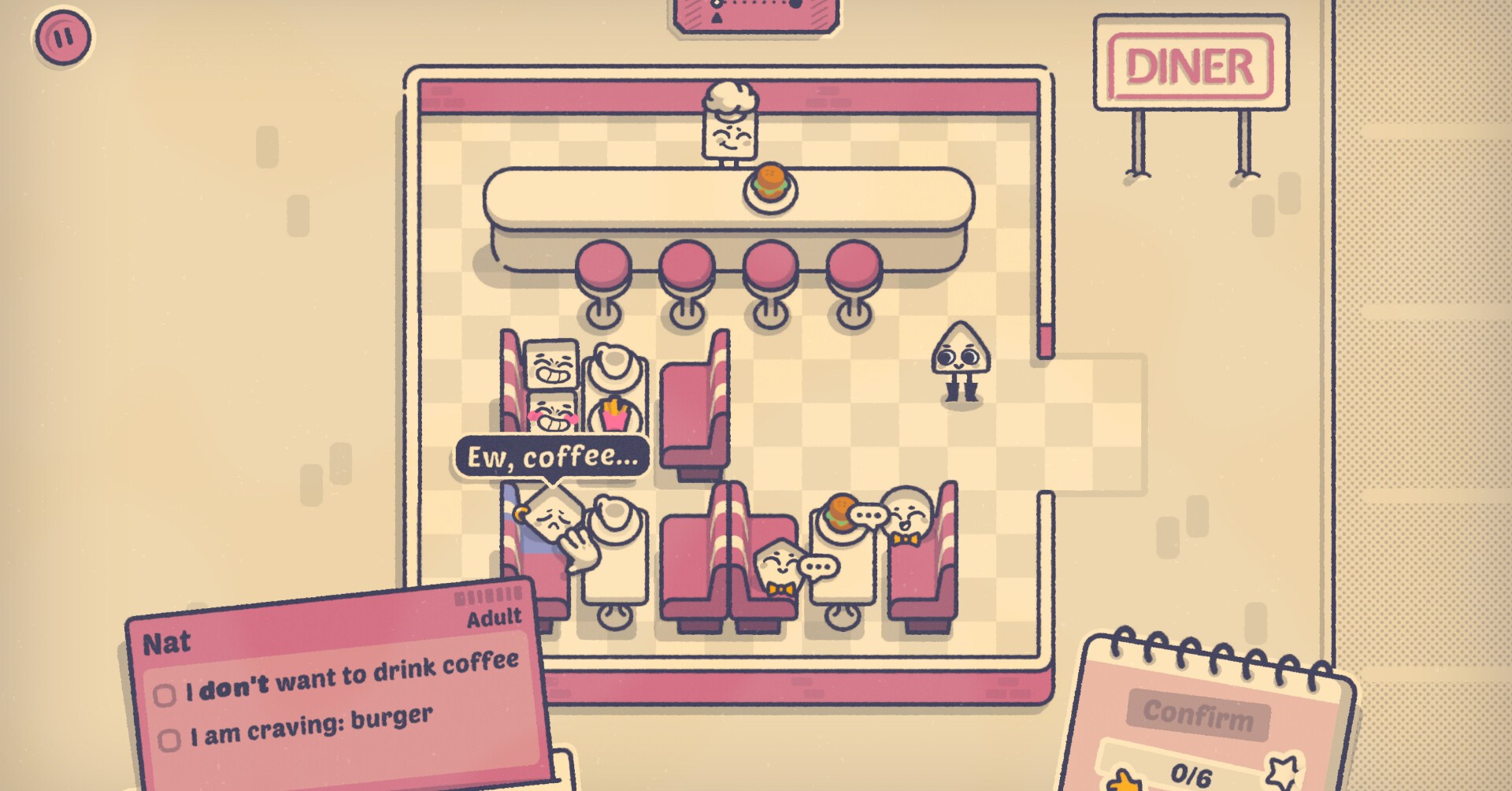
If all else fails, you can always just try a bunch of different solutions and see what sticks.
Sam Barlow, developer and director behind Immortality and Telling Lies, suggests players “sit back” and think about the scope of their actions. Barlow tells Polygon he asks questions like, “What can I do right now? And is any of this connected? That lever, that button, that list of animal names, or whatever? Is there a way of testing out small pieces of the larger solution? Can I eliminate options, so I reduce the wide open possibility space down to something more manageable?”
“I am terrible at solving puzzles in games! Ha ha,” Hogg says. “My process is like, try all the different things.”
7. Enjoy the mystery!
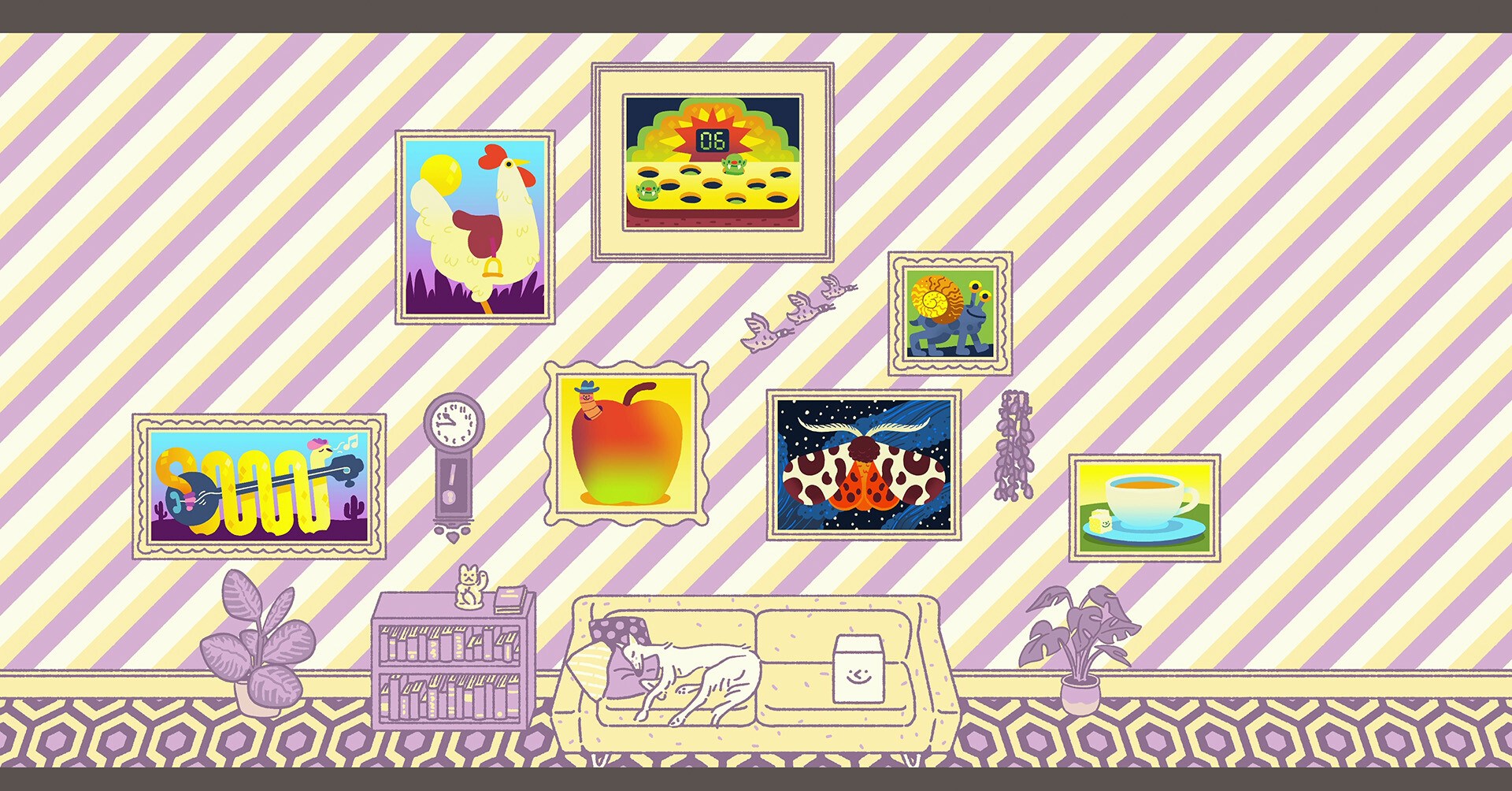
Beyond technical advice on how to think through puzzles, there is another key element to being a successful puzzle-solver: your attitude! Recabarren tells players, “Be patient! Enjoy not knowing what to do next.”
Similarly, along these lines, Barlow advises players to “be comfortable with being confused, with being lost.” Barlow adds, “If you’re in the hands of a good game, you’re meant to be. But soon enough you will start to see the patterns. So just relax and absorb it all — and take notes!”
Rather than a moment of stress, these parts of the game can feel the most fun.
“I actually really like that feeling where you think you have tried everything possible and then when you do figure out the correct solution it, with hindsight seems obvious,” Hogg says. “When this is done well it has an elegance to it. Like a magic trick. I guess because I’m so bad at figuring out puzzles I get to enjoy that feeling more than most folks.”
The post 7 tips from puzzle game developers on how to beat puzzle games appeared first on Polygon.




